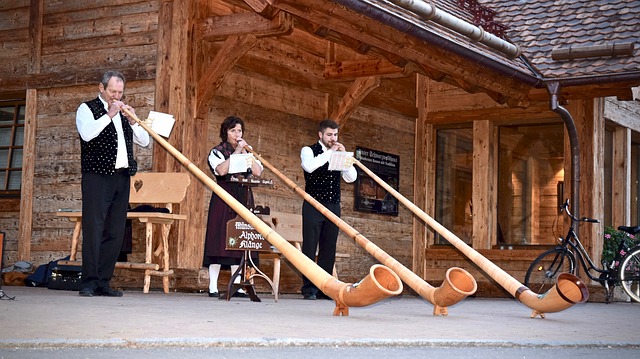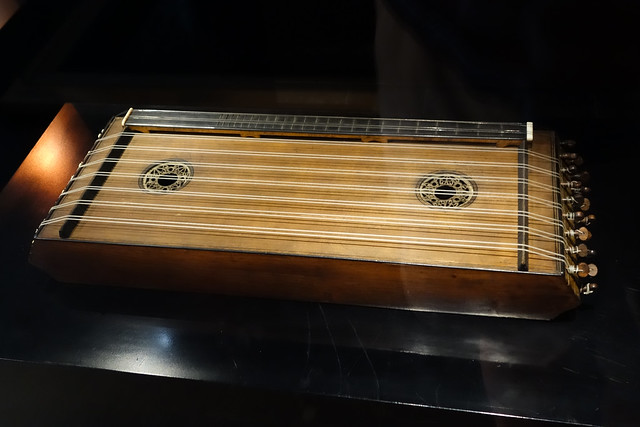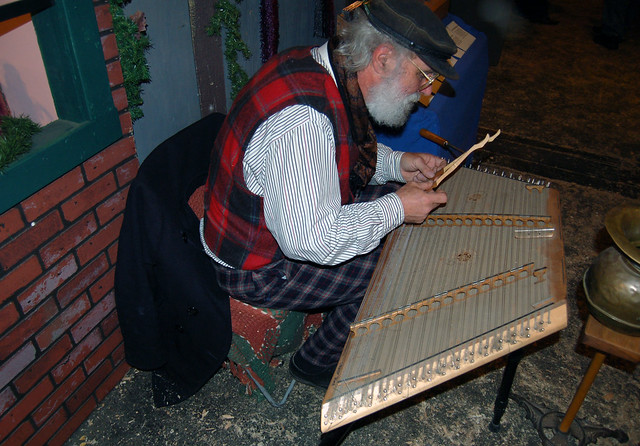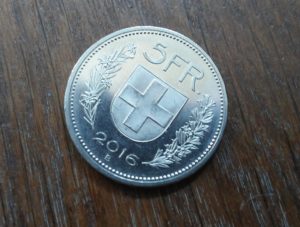This year Switzerland has witnessed a really special event, where it was possible to rediscover traditions, and curious facts and secrets of this fascinating country…
By Alessandra Ivaldi / 26.08.2019
The Fête des Vignerons. 2019 has been a special year for Switzerland, in particular for the canton of Vaud, located in the south-western part of the country. The reason for this is the so-called Fête des Vignerons, the Winegrowers’ Festival, a very important celebration for the community of Vaud, characterised by a particular peculiarity: unlike other traditional festivals, the Fête des Vignerons is celebrated a maximum of five times in a century. It means that 14 to 28 years might pass before the festival is celebrated again – the last celebration dates back to 1999. Therefore, participating in the great Fête is a real must for the Swiss.
The festival takes place in Vevey, a picturesque town surrounded by vineyards. This year it is being celebrated from the 18 July to the 11 August. Vevey becomes filled with colours and every day it is possible to witness a rich variety of exhibitions and shows, which pay homage to the viticultural world and to the ancient traditions of the country.
We are not sure about the origins of this tradition, which was included in the Lists of Intangible Cultural Heritage by UNESCO in 2016. However, we are not here to talk about the story of this fascinating tradition or about this year’s celebration. Our goal is to focus on a particular aspect characterising the Fête des Vignerons and the Swiss culture in general: music.
Yodel. When we think about Swiss music, we probably visualize yodelling, a particular form of singing, typical of the alpine German-speaking area. It is a technique historically connected to the hard life of the shepherds who lived in the mountains. In fact, it seems that this form of singing was originally developed as a method to call the cattle or to draw the attention of other shepherds in case of emergency. Powered by the yodelling technique, the singer’s voice can also cover long distances between the valleys.
Today the yodel has become an indispensable element of the Swiss culture and can be performed by a soloist or by a choir during performances.

Alphorn players
Alphorn. The singing is almost always accompanied by musical instruments and the Swiss tradition presents a great variety of instruments! Let us start from the most known of these: the alphorn or alpine horn. It is a long conical horn, usually made from larch or fir wood. It has no holes and its tonality depends on the length of the instrument, which can vary from 2 to slightly more than 4 meters. Just like the yodel, the sound of the horn can be heard from miles away and it was originally used for communication among the shepherds who were in different valleys.
However, the alphorn is not the only element in this class of instruments. It has a lesser known cousin, which is the Büchel, characteristic of central Switzerland. It is also made of wood, but it is shorter than the alphorn. The most obvious difference is its structure since this instrument is not as straight as the alphorn, but it is folded twice on itself. Moreover, the sound results clearer and more acute.
Both these instruments are quite difficult to play. Since they have no holes or keys, the sound quality depends mostly on the skill of the musician to position their lips on the mouthpiece of the instrument in the correct way.

Example of zither. Picture of @Thomas Quine.
Different types of zithers. Zithers represent a class of stringed instruments characterized only by the presence of a support for the strings, sometimes accompanied by a sound box. There are many types of zithers. In the canton of Bern, in Switzerland, we find the Hexenscheit, which means “board of the witch”. It is a very ancient type of zither formed of a trapezoidal shape. The musician usually holds it on their knees or on a table when playing.
However, Swiss musical tradition presents many other types of zithers. Some of them are particularly appreciated not only because of their sound, but also because of the wonderful ornaments decorating them. Also form and dimension can be very different. In fact, players do not hold them on a support like the Hexenscheit. They wield them like guitars, as is the case of the zither from Toggenburg, a constituency of the canton of St. Gallen, in north-eastern Switzerland.

Example of Hackbrett. Picture of @nadja robot.
Another kind of zither is the so-called Hackbrett, in English “hammered dulcimer”. Its strings are not plucked with the fingers, but beaten with hammers. It can also be played four-handed and in this case the two players face one another during the performance. The Hackbrett has a trapezium shaped sound box. Frets divide the strings in segments, thus allowing the production of different notes. The pitch depends on the length of the strings. This instrument is widespread in Appenzell, in north-eastern Switzerland, and in Valais, in the southwestern part of the country, where we find a smaller type of Hackbrett with a limited number of strings.

Swiss five-franc coin.
Percussion. The origins of some of the musical instruments from the Swiss tradition are to be found even in everyday objects, which have been imaginatively transformed. The first example is the wooden spoon (sometimes made of metal) that the swiss musicians use as percussion to accompany songs played with other instruments. Spoon players hold their instrument by the handle and use it to beat their thigh and forearm to rhythm of the music. Using wooden spoons as musical instrument is an ancient tradition. In more recent times they have been substituted by spoons made of metal, but today the interest in Swiss folklore has made wooden spoons, possibly carved and finely decorated, fashionable again.
Another unusual instrument is the Talerschwingen, consisting of two really simple parts: a five-franc coin and a bowl! The players roll the coin into a ceramic bowl by turning it slowly. Bowls with different diameter are used in order to vary the pitch of sound.



Recent Comments